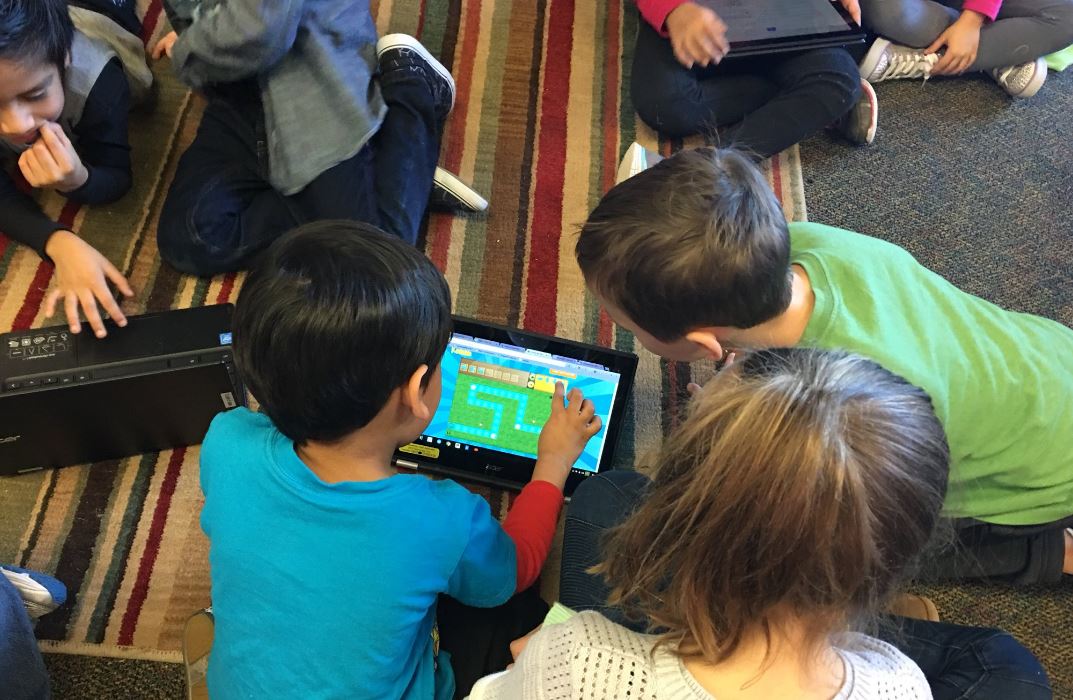
Too often, we as educators confuse talking about student data and progress on key data benchmarks with actually talking about how students are progressing as learners and young people. This point is most easily seen when groups of educators are huddled around spreadsheets or elegant data arrays puzzling over how to best move a group of students over a data hurdle. No doubt this scene is one of progress from when broad groups of students were dismissed as unable to make significant progress. However, our evolution as student-centered educators requires us to make a critical shift from talking about student data to talking about students.
“Our evolution as student-centered educators requires us to make a critical shift from talking about student data to talking about students.”
I hope that readers don’t take this as an assault on the smart use of quantitative data, because it is not. In fact, having benchmarks and data that help us understand progress are critical to how we support students.
The best example I can find to illustrate this point comes from the world of medicine. As somebody who suffers from lifelong asthma, I know very well what it looks like when a data-centered practitioner relies overwhelmingly on quantitative data against a benchmark to address disease symptoms.
For years, I went to doctors who would map my lung function to a benchmark norm and then quickly prescribe a variety of inhalers and pharmaceutical remedies to keep me breathing well. I was, and am, always grateful for the symptomatic relief I received from these medicines. But the face-to-face interactions with these doctors were short and rushed, focused on ordering tests, talking about lab results, and trying new prescriptions to see if those would better manage my symptoms.
As I grew older and more curious, I wondered what was causing my asthma symptoms in the first place. I decided to seek out a new doctor, one who was more patient-centered.
During my initial two-hour visit with my new doctor, I knew I had entered a different paradigm of patient care. I immediately recognized that rather than treating my symptoms, they were treating me as a person. They were figuring out who I was as a patient – physically, emotionally, mentally, spiritually, socially, as well as clinically – and how together we could better understand what was triggering my asthma.
Remarkably, adjustments to my diet and lifestyle over time greatly reduced my asthma symptoms as well as my reliance on medication. Oddly enough, the same changes I made to my diet and lifestyle impacted other aspects of my overall health. The doctors still worked from a set of health benchmarks, but knew that the way to get me, and their other patients, to standard was by getting underneath our symptoms to understand what was causing them.
The connection from this experience is becoming clearer and clearer to me as an educator. Underneath every student’s interim, benchmark, and summative assessment scores is a young person with aspirations, a young person eager to learn and achieve. How do we build upon every student’s aspirations, academic background, life experience, culture and language to support rigorous and relevant learning? How do we understand each student as an individual learner to inform how we push for depth and stretch the boundaries of student thinking?

“Underneath every student’s interim, benchmark, and summative assessment scores is a young person with aspirations, a young person eager to learn and achieve.”
While we often think we know the right intervention for a given academic deficiency we are often just treating the symptoms of student learning rather than the underlying causes of what is supporting or getting in the way of a particular student’s progress. Purchasing online interventions and investing in various forms of double dosing might be helpful in moving student data, but we need to ask harder questions about how we are developing schools and school systems that are designed to help us understand students rather than just their symptoms related to their academic progress.
Thankfully, leaders across the country are designing such schools. We are honored to have two such leaders as our next interview guests on The Throughline. Gia Truong serves as chief executive officer of Envision Education, a mission-driven school network founded on the idea that achievement gaps reflect a systemic failure to understand the learning needs of students. And Elliot Washor is the co-founder of Big Picture Learning, a pioneering nonprofit public school network organized around the student as the center of learning. Our upcoming interviews with Gia and Elliot will illustrate how leaders at the top of school systems build their throughlines directly to students not just to student data.

